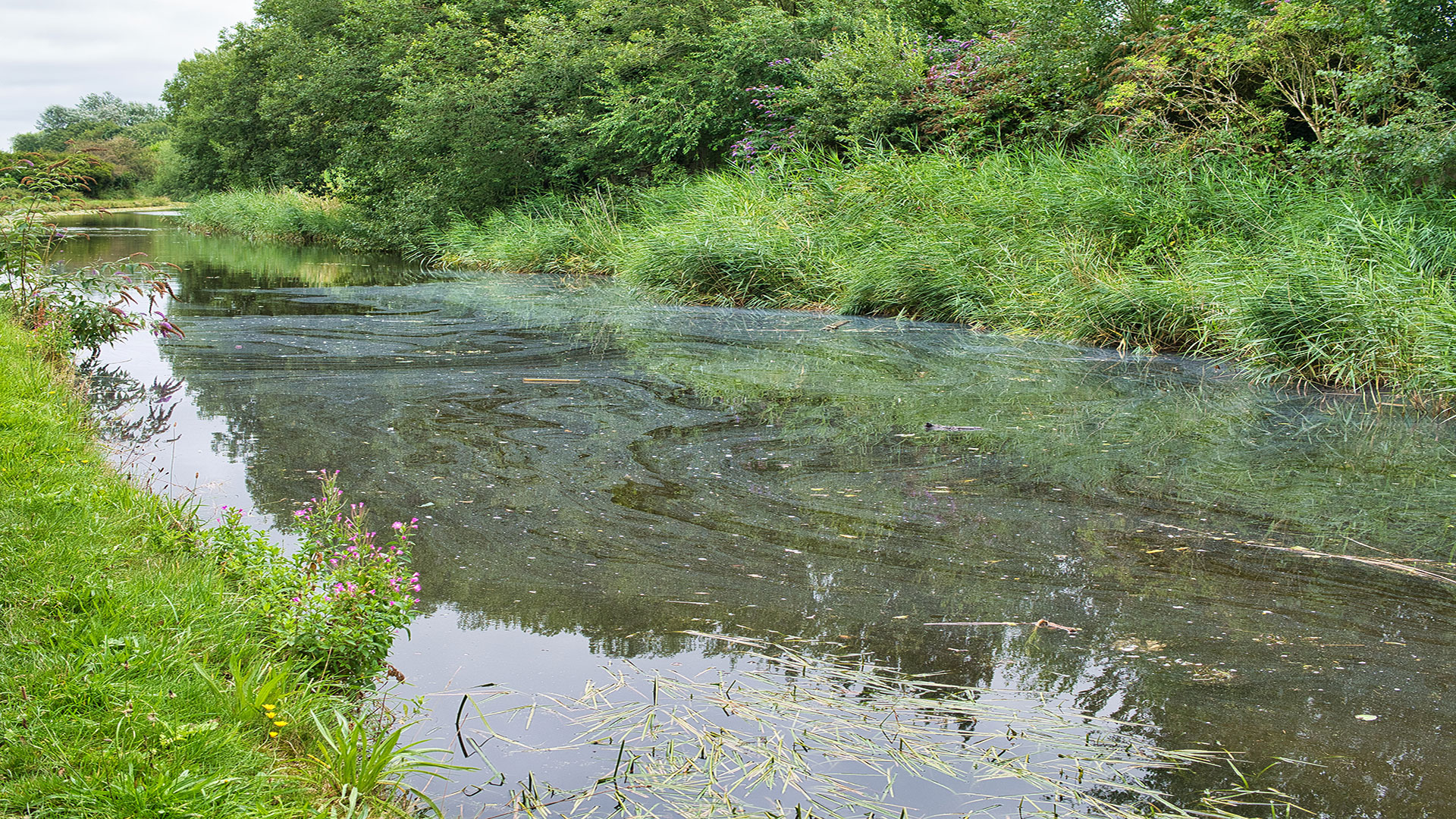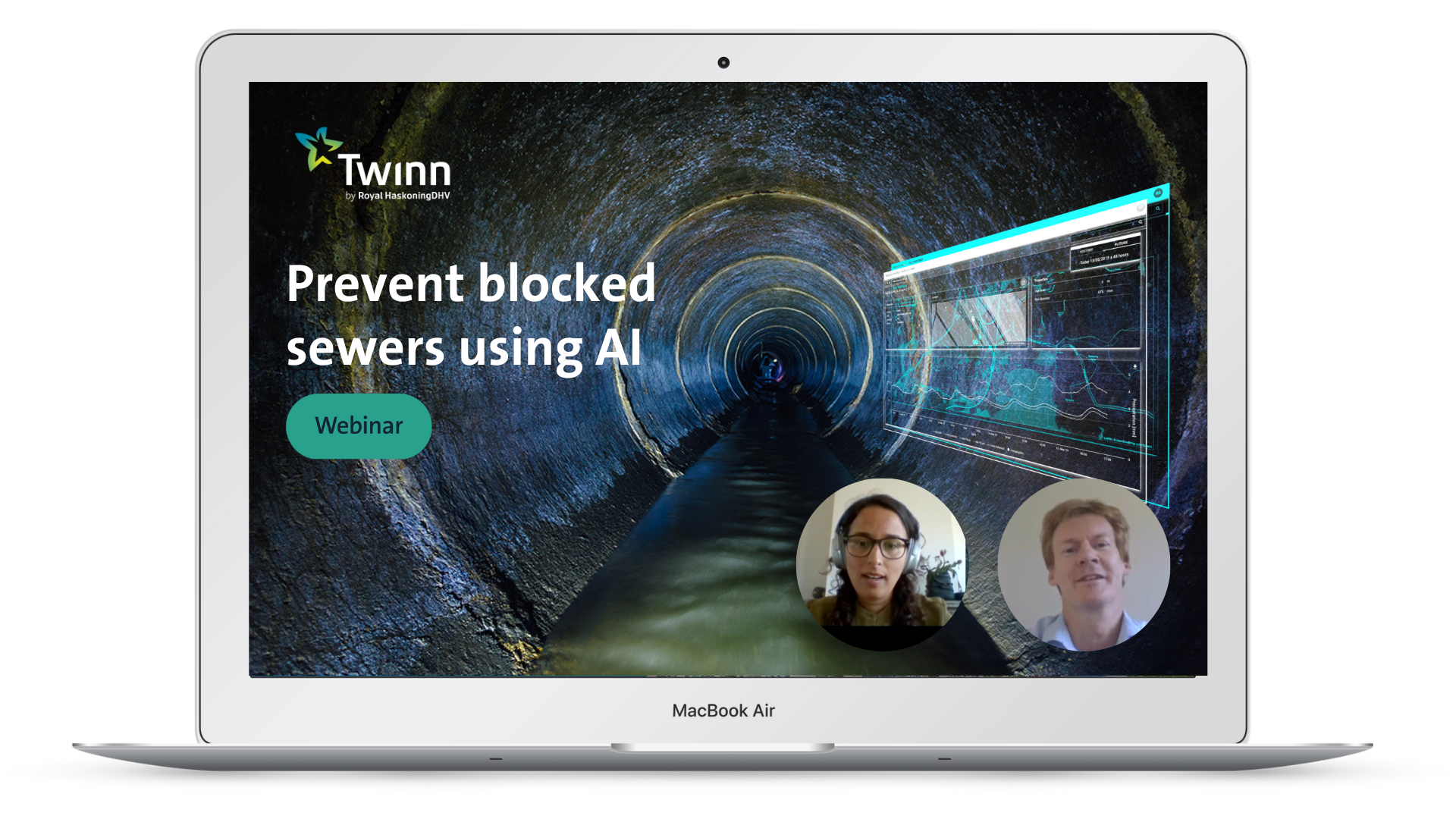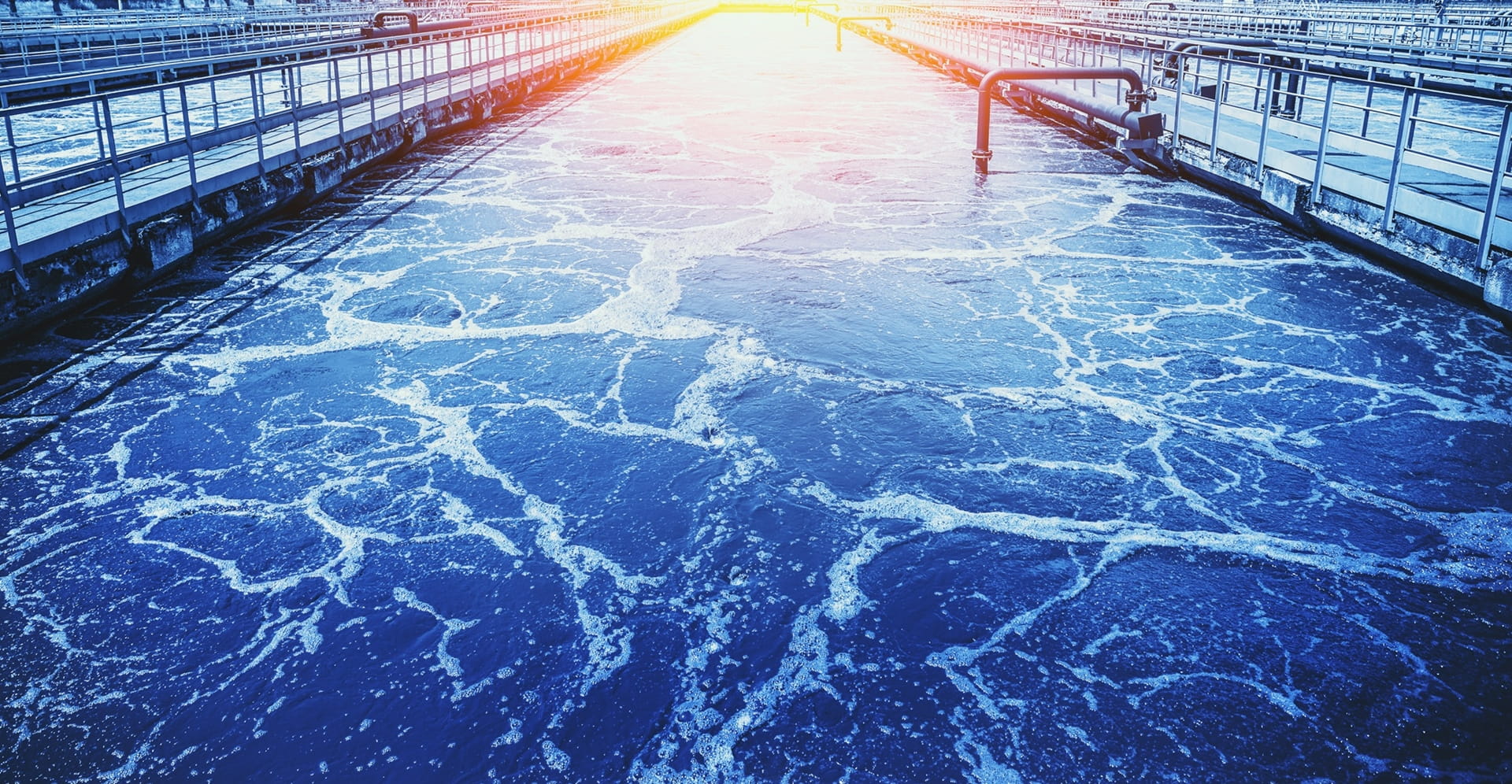Using artificial intelligence to proactively prevent sewage spills
In 2021 alone, the United Kingdom’s sewer systems spent an astonishing 2.7 million hours pouring untreated wastewater into its rivers and marine environment. Whilst the network is designed to allow consented discharges under storm condition, the networks are at risk of uncontrolled spills from blockages or other asset failures.
Watch our webinarWatch our webinar
The impact of these incidents — both environmentally and financially— is huge, and with increased pressure on existing infrastructure they’re showing no sign of slowing down. The level of capital investment required to tackle this through fully upgraded infrastructure is far greater than the current OFWAT determinations but thankfully, new, data-driven methods can help water utilities to keep our sewers clear and our waters clean, whilst delivering energy and maintenance savings, which offer a return on investment to support improved performance.
The growing blockages in sewer pipes
In 2014, a “fatberg” the size of two London buses was found blocking a 66ft section of sewer beneath Whitehall. It made the national press, and many more have done so since.In fact, the UK’s increasing fatberg problem sees tens of thousands of blockages occur under the capital each year, due to people flushing fats, oils, and other inappropriate items into the sewer system. The result is a multimillion-pound investment in fighting fatbergs every year. However the network is at risk from a range of other causes of blockages as well as from asset deterioration that may go unnoticed until a flooding or spill event occurs.
But these blockages have an even greater cost. Although fatbergs are something of an intriguing news item to most, blockage and deterioration of the network pose a risk of further asset damage and unconsented spills, sometimes into the most sensitive of watercourses.
Sewer blockages are the primary cause of untreated wastewater being pumped into our rivers and oceans, can cause significant environmental destruction, and pose a genuine threat to public health, which can offset the benefit from recent investment to improve the countries designated bathing water.
Projections show that between 1961 and 2039, population growth in the UK will see an extra three billion litres of waste pass through the sewer system each day. To avoid fines, protect the environment, and ensure the safety of the population, water utilities need to find new ways to tackle these blockages. Artificial intelligence may hold the answer.
You can also visit Utility Week website to read our colleague’s blog on how AI help clean up the UK’s rivers and beaches.
A data-driven solution
The problem of waste spilling into our rivers is gaining the public’s attention, with more community actions groups and some instances resulting in significant protest.In response, governing bodies are tightening regulations, increasing fines, and even taking legal action against water companies with recent record fines being recorded. For those responsible, it’s vital that this issue is addressed sooner rather than later.
Ultimately, this means finding a way to identify the location of blockages as they are forming –– and proactively dispersing them before they cause overflows. But how is this possible?
With the latest smart water solutions, water utilities can monitor activity in sewers in real time and use AI and predictive analytics to automatically spot anomalies and identify emerging issues.
These solutions combine a series of connected sensors within sewer systems and the very latest in AI and machine learning. Using data from the sensors, AI algorithms are able to compare real-world situations to predicted water levels based on historical data, identifying discrepancies and alerting operators. In doing so, these systems can identify overflow events up to 48 hours in advance.
For these insights to be accurate, the AI models that power them have to take into account multiple variables, such as any intentional spillages the assets are designed to allow, the time of day, and recent and predicted rainfall.
It’s advanced and armed with these insights, water companies can take a proactive approach to keeping sewers flowing freely, and ensuring blockages have minimum impact

The advantages of predictive modelling
This anomaly detection means network operators can identify problems early enough to prevent extensive damage or consented discharges. And, because the model is driven by AI, it also saves countless hours which would otherwise be spent juggling huge amounts of data to make operational decisions. his method has been deployed at United Utilities where nearly 20,000 sensors now allow the maintenance teams to target early interventions 50% of these are being reported proactively before an issue occurs.Tools like this significantly improve the accuracy of insights, removing any chance of human error, and are even able to record the exact location of events. This means blockages can be found faster, and repairs and maintenance can be conducted quickly and efficiently.
This form of predictive monitoring can help support wastewater operators’ compliance to AMP7, which requires the ability to anticipate problems. And, above all else, it can help water authorities reduce sewage overflows – avoid expensive fines, protect natural environments, and keep citizens safe and healthy.
Watch our webinar and learn more about how Twinn Aqua Suite can provide your operators with a window into the future.
White paper & webinar recording
Prevent blocked sewers using AI
Discover how Twinn Aqua Suite detects blocked sewers at an early stage to prevent flooding, unconsented spills and high penalties.

Got a question?
Contact our Water Technology experts!

